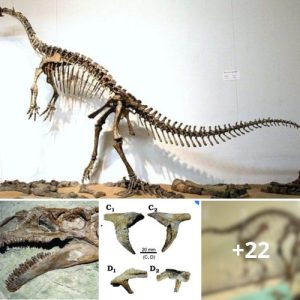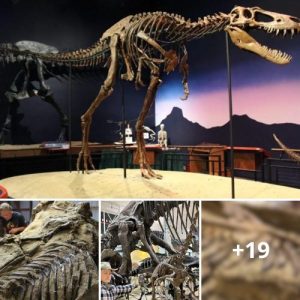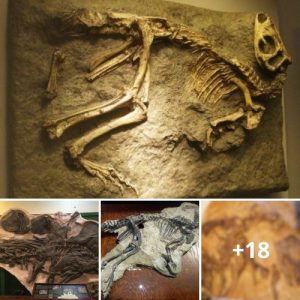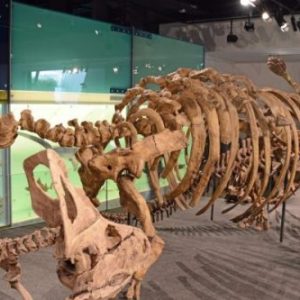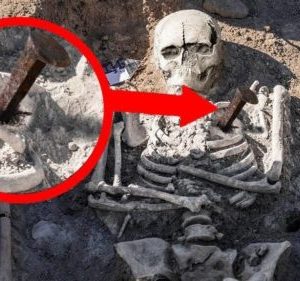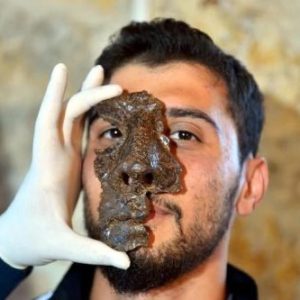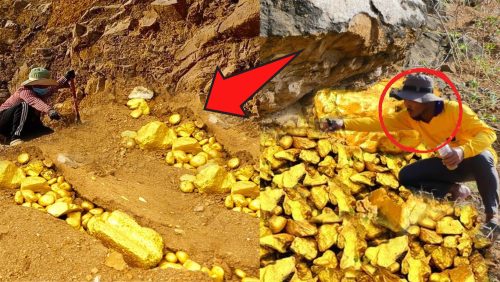
Gold has captivated humanity for millennia, and the allure of discovering buried treasure beneath mountain rocks has driven people to explore the unknown. While the dream of striking it rich with gold may seem like a pursuit of the past, modern science and technology have given rise to new possibilities for uncovering buried gold reserves. In this article, we will delve into the secrets of uncovering these hidden treasures, exploring the tools, techniques, and geological knowledge necessary for successful prospecting.
The Geological Foundations
Before embarking on a gold-digging adventure, it’s essential to understand the geological foundations that make buried gold reserves possible. Gold is often found in quartz veins within host rocks, such as granite, schist, or even volcanic formations. These veins may extend deep beneath the earth’s surface, hidden by layers of rock and soil. Geological surveys, conducted by experts in the field, are the starting point for identifying potential gold-rich areas.
Modern Prospecting Techniques
Modern prospecting techniques have come a long way from the days of the gold rush. Today, geologists and prospectors use a variety of tools and methods to uncover buried gold reserves:
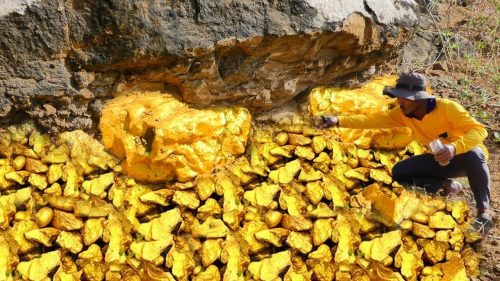
Geological Mapping: Advanced geological mapping tools and software enable experts to create detailed maps that highlight potential gold-rich areas. These maps help prospectors target their efforts effectively.
Remote Sensing: Satellite imagery and aerial surveys can reveal subtle changes in the earth’s surface, indicating areas with high mineralization. These remote sensing methods are invaluable in large-scale prospecting efforts.
Geophysical Surveys: Techniques like ground-penetrating radar, induced polarization, and magnetic surveys help identify underground structures and anomalies that could signify the presence of gold deposits.
Soil and Rock Sampling: Collecting and analyzing soil and rock samples can provide valuable data on the presence of gold or associated minerals. This method allows for precise targeting of drilling and excavation.
Drilling: Core drilling is a direct method for accessing and sampling deep beneath the earth’s surface. Samples taken from drill cores can confirm the presence of gold and assess its grade.
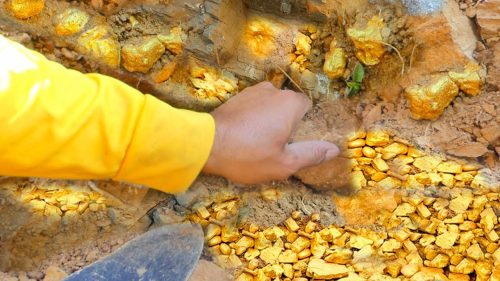
Mineral Exploration: Advanced mineral exploration techniques, such as spectrometry and X-ray fluorescence, can quickly identify mineral composition, making it easier to pinpoint gold-rich areas.
Data Integration: The integration of various data sources, including geological, geophysical, and geochemical data, is crucial for accurate prospecting. Modern software and technology have made this integration more seamless.
Challenges and Risks
Uncovering buried gold reserves is not without its challenges and risks. It’s important to consider the environmental impact, legal regulations, and potential financial investments. Additionally, prospecting is a highly specialized field, requiring a deep understanding of geology and mineralogy.
Environmental Impact: Mining activities can have significant environmental consequences. Responsible prospecting includes assessing and mitigating these impacts, such as habitat disruption and water contamination.
Regulatory Compliance: Prospecting and mining activities are subject to strict regulations in most countries. It’s essential to adhere to these regulations and obtain the necessary permits.
Financial Investment: Prospecting can be a costly endeavor. From equipment and personnel to land acquisition, it’s crucial to have the financial resources to support your efforts.
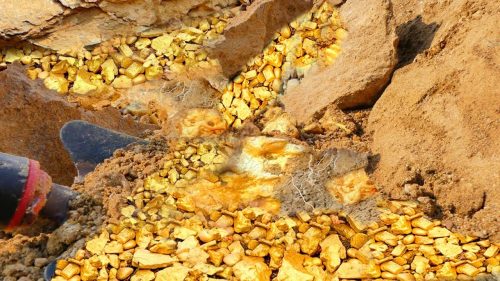
Expertise: Successful prospecting demands expertise in geology and mineral exploration. Collaboration with experienced geologists and mining professionals is often necessary.
Uncovering buried gold reserves beneath mountain rocks is a pursuit that combines science, technology, and a touch of the adventurous spirit. While the days of spontaneous gold rushes may be in the past, modern prospecting offers a more systematic and environmentally responsible approach to the age-old quest for gold. By understanding the geological foundations, employing modern prospecting techniques, and addressing the associated challenges and risks, aspiring gold diggers can embark on their journey to uncovering hidden treasures. Remember, the secrets of uncovering buried gold reserves are waiting to be revealed, but they require a blend of knowledge, skill, and determination to unearth the riches that lie beneath the surface.

